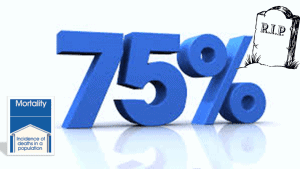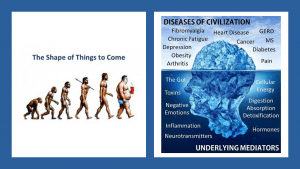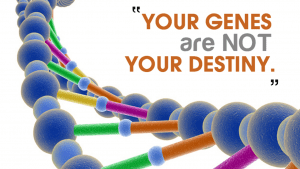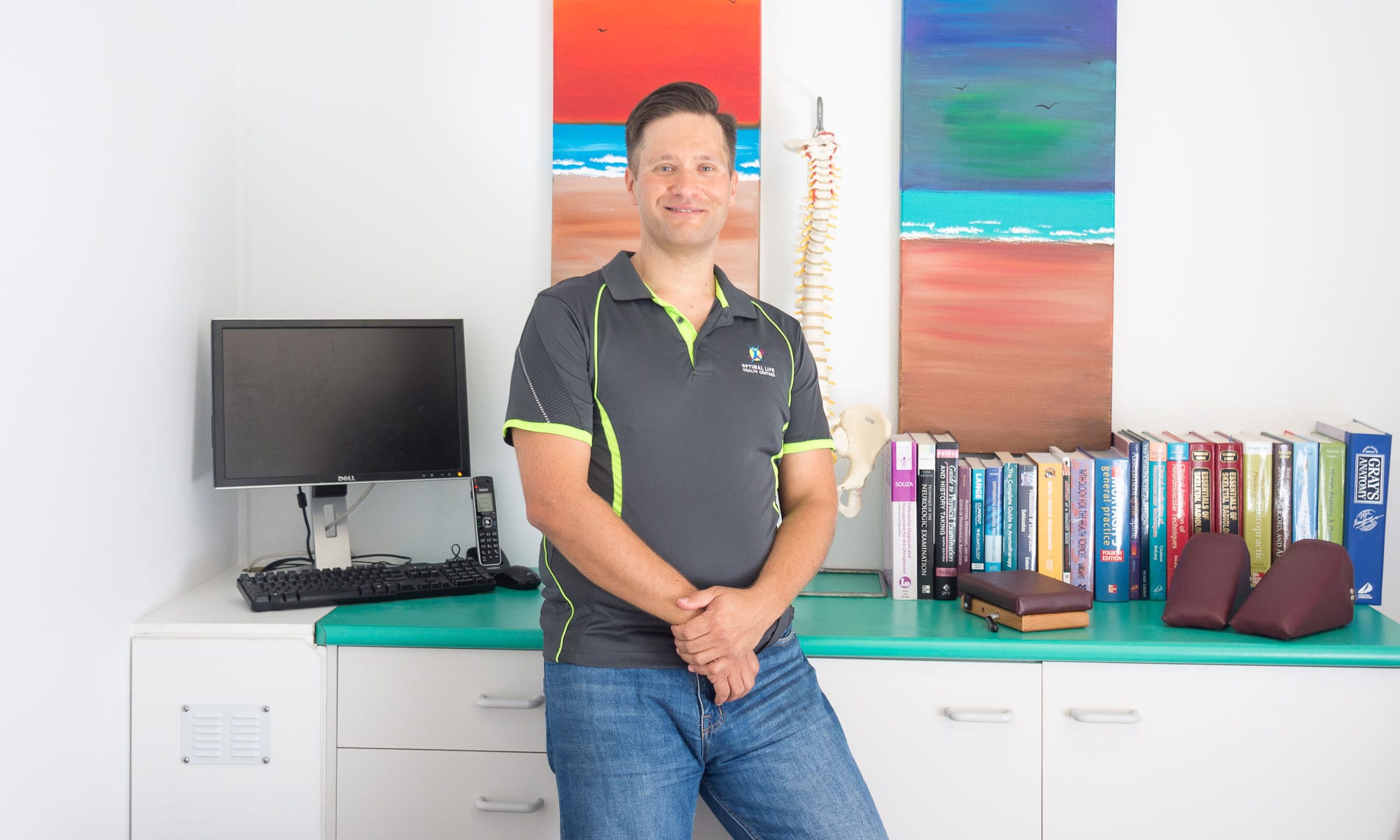Sufficient movement, and the resultant transmission of nerve feedback that ‘signals’ awareness of this movement to the brain is CRITICAL to healthy brain function.
The common theme we’ve been discussing under the category of Vibrant Life Key 3 – Moving – the way it’s meant to be, is the importance of sufficient levels of movement and exercise, as an essential ‘nutrient’ for our health and wellbeing.
This is very clearly the case when we think about the effect that movement (or lack of movement) has on our brain!
By extension, this then applies to everything else that our brain then controls – this is a critically important to chiropractors!
One metaphor for the effect of movement is that it is the ‘windmill’ that powers our brain, and without it, our brain quite literally starts to alter function and cells begin to die.
Receiving feedback (sensation) related to movement uses nerves that take up more than half of our spinal cord because it is such a critical input for the brain to receive.

Remember ‘homeostasis’ is healthy cell function. The homeostatic ‘regulator’ for the brain (an areas called the cerebellum) is responsible for receiving all of this sensory feedback from the tissues of the body and acting as a ‘comparator’ – making sure that the actual movement or function matches the intended movement or function.
The cerebellum then coordinates, compares and ‘dampens’ the activation/control of every other part of the brain…
This includes those parts of the brain involved with thought, creativity, perception, memory, learning, control of body organs, emotion, and the healthy function of our frame and structure (tone, balance, coordination, posture, equilibrium).
Part of the effect of this input is the growth and maintenance of nerves in the brain, and their many connections that are really responsible for how effective the brain is at its job.
Without enough proprioception, you get altered (adaptive) dysfunction of all of the above functional areas, leading to lower cognitive skills, Alzheimer’s, Dementia and spatial learning difficulties.
Another direct impact of CORRECT levels of movement, is increased blood flow to the brain and increases to the brain’s metabolic demands, which in turn leads to better supply of blood by causing the growth of small blood vessels throughout the brain.













